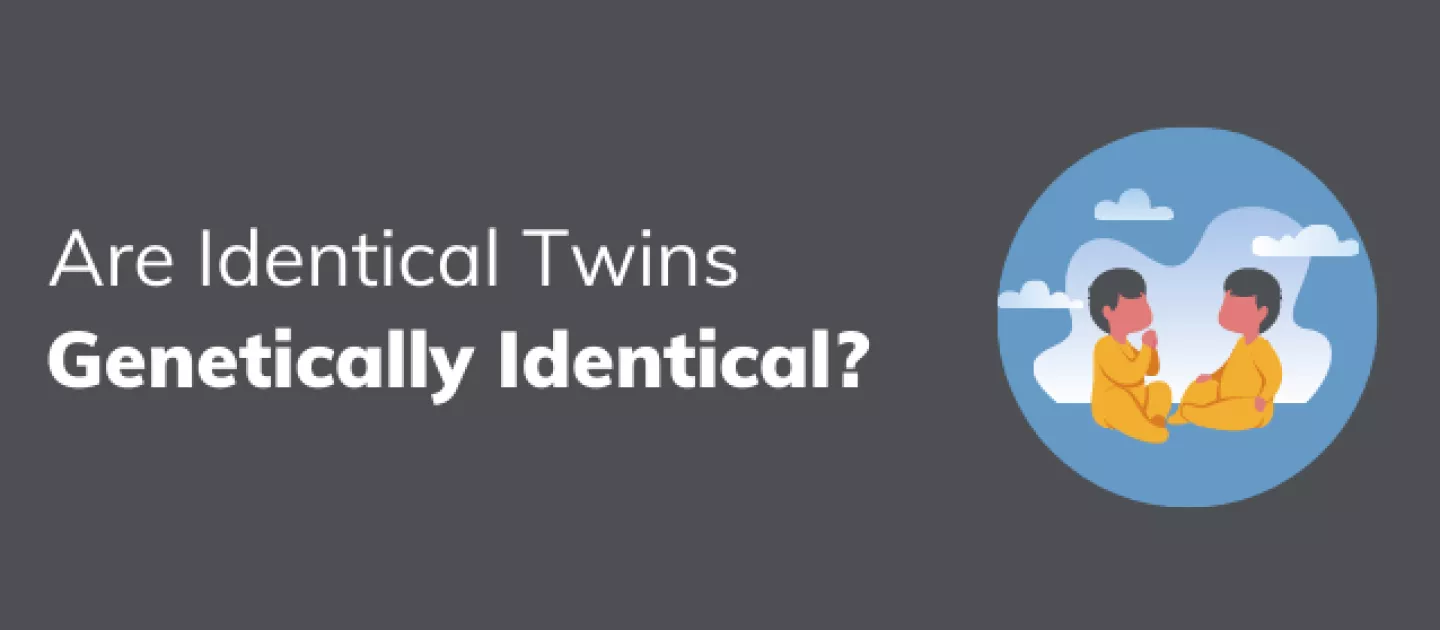If you were to look at a pair of identical twins, you would think they are precisely the same. After all, they have the same nose shape, eye color, and hair color. Although twins may look the same on the surface, they may not be as identical as it appears. When it comes to their genetics, they might not be as similar as once thought. We hope that you find the findings from his study about twins and their genetics insightful and intriguing.
A Study About Identical Twins and Their Genetics
For years, researchers and scientists believed identical twins shared the same genes and any differences were a result of outside influences. But now, studies published in the American Journal of Human Genetics and Nature Genetics have revealed previously unknown genetic differences between identical twins.
The study published in the American Journal of Human Genetics in 2008 was the first to determine genetic differences between twins, but the four-year study published in Nature Genetics on January 7th was the first to look at DNA from the extended family to help determine when mutations occur in cells.
The study consisted of 381 pairs of identical twins, 2 pairs of triplets, and their parents, spouses, and children. Researchers looked at the genomes to document and track mutations. The study showed that mutations (changes) can occur before the embryo splits and, it also showed twins have an average of 5.2 mutations, which tends to happen early in development. Interestingly, in 15% of identical twins, one sibling had a higher number of mutations than the other.
To further illustrate genetic differences between sets of identical twins, in one pair of twins, one sibling had mutations in every cell, but their sibling didn’t have any mutations in their cells at all. In another set of twins, they found mutations in every cell of one sibling, but the other one only had mutations in 20% of their cells.
The study findings made many in the scientific community rethink the role genetics plays in differences between identical twins. I get the sense that parents of identical twins already knew that.
What are Genetic Mutations and How do they happen?
When the genetic code of our DNA changes or breaks in some way during replication, it causes what’s known as a genetic mutation. While most mutations are harmless, others can cause disease.
Most often identical twins are formed when the zygote splits into two after the egg is fertilized. At the time the zygote splits, each has the same genetic information. However, as the study demonstrated, by the time identical twins are born, their genetic makeup can be different, meaning mutations occurred after fertilization of the egg, but while still in their mother’s womb.
From the data, researchers determined that when one twin had more mutations than their sibling, they might have split very early on. Another hypothesis is that a group of cells may have built up and then split unevenly.
This study did much more than pointing out the fact that twins are genetically different. By sequencing the study participants' genomes, researchers have shown just how early genetic mutations can occur. It’s also given researchers insight into how genetics, versus environment, may play a much larger role in certain disorders like autism and metabolic disorders than previously thought.
There’s much more to learn about the impact of genetics on our health and well-being, but the findings of these two studies of identical twins may prove to be a critical step in the journey.
Follow us on Facebook, Twitter, and Instagram to join the conversation and stay up-to-date on cord blood & tissue, genetics, pregnancy, and everything in between!
Disclaimer: PerkinElmer and ViaCord do not endorse or make recommendations with respect to research, medications, or treatment. All information is provided for informational purposes only.
Resources:
Nature Genetics. Differences between germline genomes of monozygotic twins. https://www.nature.com/articles/s41588-020-00755-1
NIH. What is a gene mutation and how do mutations occur? https://medlineplus.gov/genetics/understanding/mutationsanddisorders/genemutation/
NIH. Identical Twins. https://www.genome.gov/genetics-glossary/identical-twins











